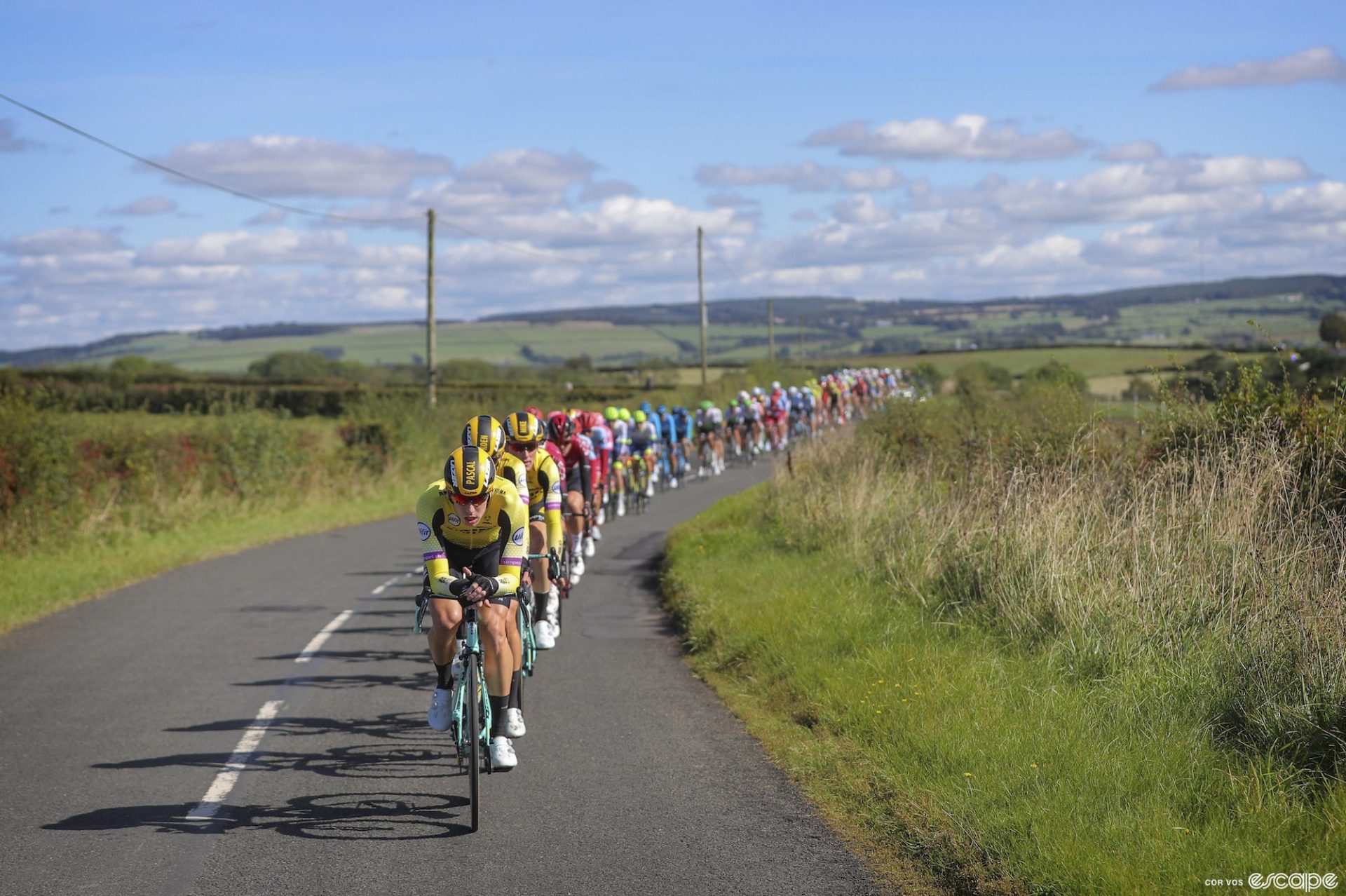“Super Worlds” is upon us, with the road cycling events set to start as the junior men set out for the road race on Saturday. Things continue with elite men’s event on Sunday, and they roll on throughout the week with the women’s road races closing things out the following Sunday. Glasgow is the official host city for Worlds and other parts of Scotland will host various events as part of the festivities that will feature races across so many disciplines.
We’ll have everything you need to know about the route and contenders for the men’s and women’s road races coming soon. But what about the things you maybe … didn’t know that you need to know? As athletes from across the cycling world gear up for the action, we figured we should compile some cultural notes on the incredible location where it’s all taking place.
Scotland
Let’s start with a quick explainer for all the non-UK readers (and maybe any UK readers confused about the nature of their own political situation) of Scotland’s place within the greater political stratum.
Scotland constitutes roughly the northern third of the island known as Great Britain. The island also includes England and Wales. Along with England, Wales, and also Northern Ireland, Scotland is part of the sovereign state known as the United Kingdom of Great Britain and Northern Ireland, or just the United Kingdom or UK for short.
The terminology used in the UK makes things a bit confusing here, given that the quartet of Scotland, England, Wales, and Northern Ireland are known there as Home Nations or “constituent countries,” but Scotland has a similar level or arguably even less autonomy than a US state. It may be a “constituent country” in UK parlance, but it’s not a sovereign entity like, say, France or Italy. That’s the United Kingdom.
In short, Scotland is a part of the United Kingdom with self-governance over some areas of policy but not others. The people there are called Scots or Scottish. There was a time when it was the norm in the English language to call them “Scotch,” but these days, Scottish people prefer to reserve that adjective for certain items for eating and drinking. More on that later.
History and more
Glasgow is Scotland’s most-populous city, and the seventh-most populous in the United Kingdom. It forms part of a major urban corridor that stretches to Edinburgh, less than 80 km to the east, Scotland’s capital and next largest city. Both cities are in the Lowlands, while the Highlands rise to the north and west once you cross over the Highland Boundary Fault that runs across Scotland.
Glasgow is in some ways a very old place, and in other ways, a relatively modern city. As an urban entity with the name “Glasgow,” the city only started to take shape in the later Middle Ages, and only grew to be the massive industrial hub that it is today starting in the early modern period and especially during the Industrial Revolution. People have been living in the area, however, for far longer than that, with evidence of human occupation along this part of the River Clyde dating back thousands of years.
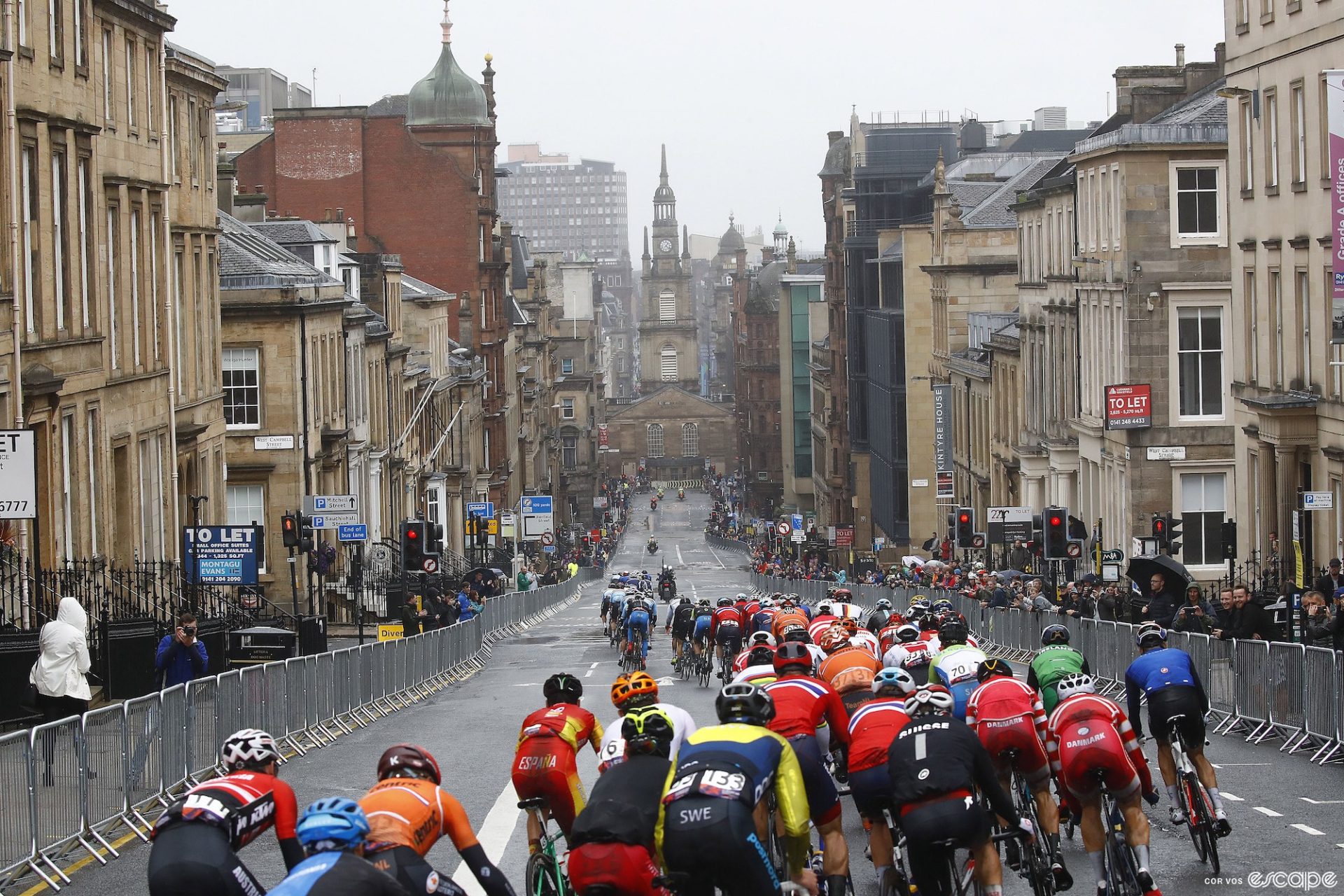
Buckle up, because this is where we give you some context for the many amazing historical sites you might see in and around Glasgow and also the other parts of Scotland where the roadies will be riding, like Edinburgh, Stirling, and Loch Lomond.
For starters, stone circles in the middle of windswept moors and stone cairns built over ancient burial sites dating back millennia can be found all over Scotland. People have been living here for a long time. Killin Stone Circle (sometimes called Kinnell) is a neolithic site thought to date to between 2,000-3,000 BC and is about an hour by car from Stirling, which hosts the time trial events.
Moving ahead in time to the second century CE, the Romans built a line of fortifications situated roughly between what are now Edinburgh and Glasgow during the reign of Antoninus Pius and thus called the Antonine Wall, the northernmost frontier barrier intended to protect Roman Britannia from the non-subjugated Britons they called “Caledonians” to the north.
Parts of the wall are still intact today. It seems to have been a bit of an overambitious in its placement this far north, however, as the Romans eventually abandoned the Antonine Wall and moved their troops south to Hadrian’s Wall (built around 20 years earlier) in what is now northern England.
Just after the descent off the Crow Road climb, the men’s road race will come within 10 km of the Bar Hill fort section of the Antonine Wall. It’s only a few stones on a hill at this point, but considering that it’s almost 2,000 years old, it’s worth a visit if you’re in the area.
In the early medieval period, the area near what is now Glasgow was part of Strathclyde, a kingdom of Britons and thus close cultural cousins of the people who would become the Welsh and also the Bretons in France. Just 20 km from the men’s road race route, you’ll find Dumbarton Rock, former capital of Strathclyde, at least until it was sacked by Vikings.
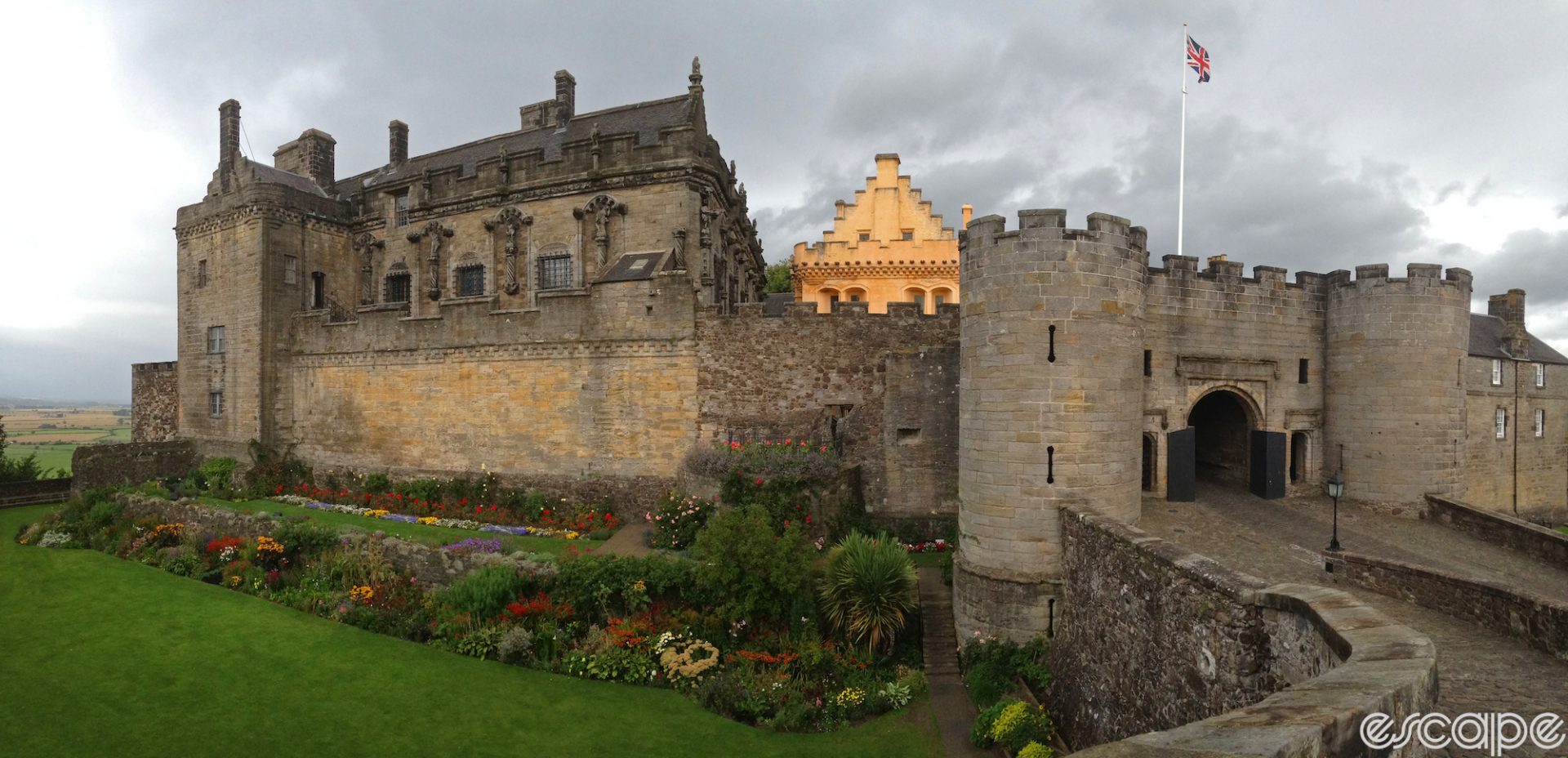
As Strathclyde was flourishing in what is now the greater Glasgow area, Anglo-Saxon types from Northumbria were invading or settling in the formerly Britonnic lands to the east, especially in Edinburgh, where the men’s road race starts. The current form of the spectacular castle there is the result of more recent construction, but historical records from well before that report that a fortress of some kind was there dating back to the early medieval period and possibly earlier, once a Britonnic stronghold and then the seat of Anglo-Saxon power in the region for a time.
It was also in this early medieval period that Gaels from Ireland began to establish themselves on the west coast of what is now Scotland. With them, they brought their language (a Celtic one related to that of the Britons, but different), their culture, and ultimately, their name. In Latin, these Gaelic incomers were known as the Scoti.
Within a few hundred years, the Gaels and the descendants of the aforementioned Caledonians known as Picts came together in a political fusion that we still don’t know that much about. They gradually subsumed lands previously part of Strathclyde or Northumbria, and the growing melting pot eventually evolved into the Kingdom of Scotland. After it gradually added coastal and island territories formerly under Norse control (another ingredient in the medieval melting pot), the kingdom took on its modern shape.
Glasgow started to come into its own in the later Middle Ages. The University of Glasgow was founded in 1451. In the 17th century, it grew into a busy and very wealthy port city, and then the following century saw a population explosion amid the Industrial Revolution, in which cities like Birmingham, Manchester, and Liverpool also experienced similar rapid growth.
With all that context out of the way: If you’re in nearby Edinburgh for the start of the men’s road race, the aforementioned Edinburgh Castle is a must-visit, perched on a huge rock outcropping in the middle of town. The road that runs up to Edinburgh Castle from the slightly more modern (17th century) but still quite impressive Holyrood Palace is known as the Royal Mile. It’s the heart of tourist activity in the city.
Meanwhile, the hill known as Arthur’s Seat offers a spectacular view of Edinburgh after a lovely little hike, and it’s also the site of countless legends dating back to the Middle Ages.
To the northwest of Edinburgh is the town of Stirling. There is a massive hilltop castle in Stirling itself that is absolutely worth visiting. It was a major royal residence and a key military stronghold, besieged numerous times throughout the centuries. It was also the birthplace of numerous royals, and where Mary Queen of Scots was crowned.
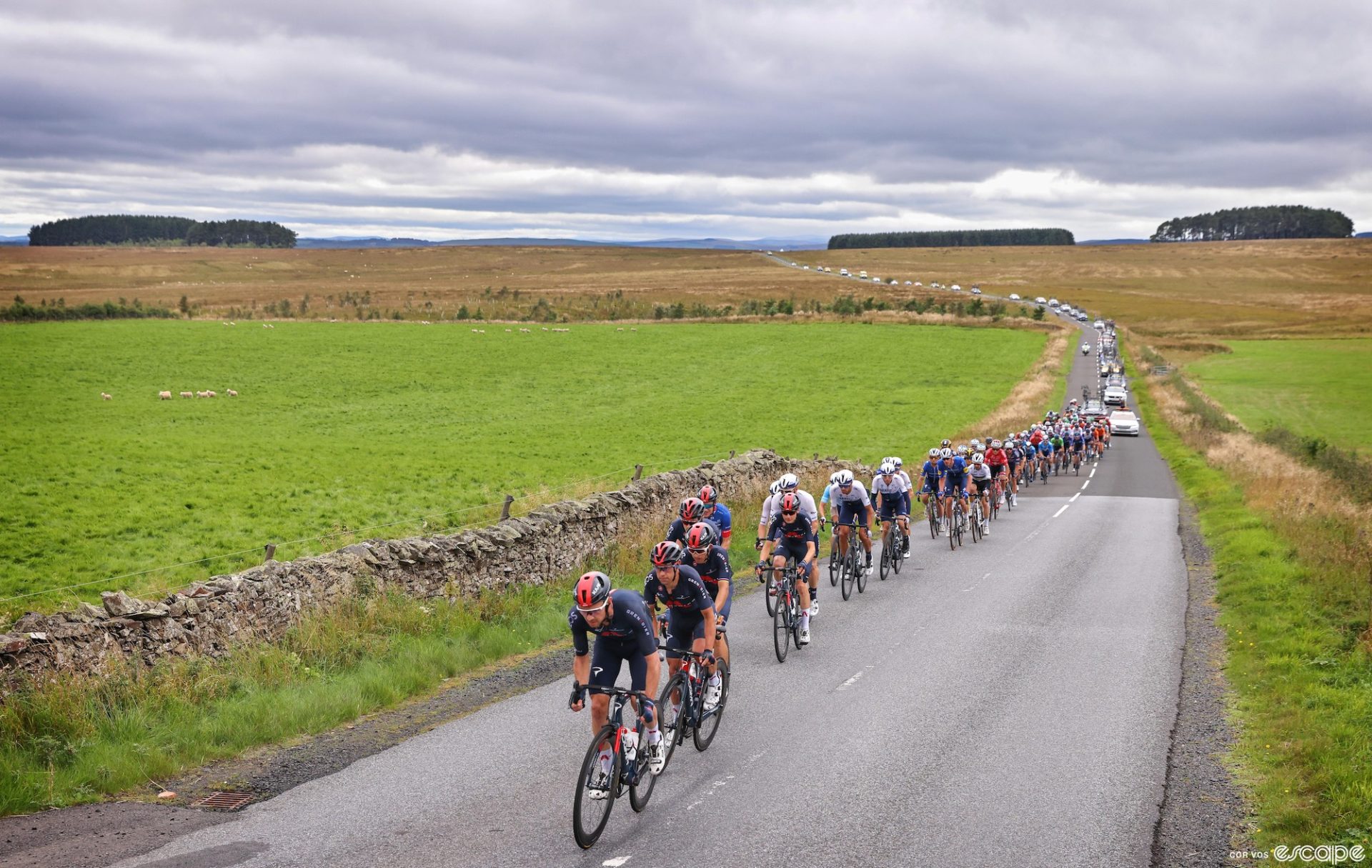
Nearby Stirling Bridge was also the site of a famous battle during the First War of Scottish Independence in the late 13th century, where local knight William Wallace defeated an English army. It’s one of the battles depicted in Braveheart, although there is no bridge in the film, a slight oversight considering that it’s called the Battle of Stirling Bridge.
Along the course of the men’s road race, riders will pass right through Falkirk, site of another famous battle during that war, where this time, an English army defeated Wallace. It was a real low point for the Scots in that war, but they would go on, eventually, to regroup under Robert de Brus, aka Robert the Bruce, and secure independence at the Battle of Bannockburn, which also took place extremely close to the time trial race routes. In other words, if you want to visit famous medieval battlefields, this area has you covered.
Scotland and England would remain separate for several hundred years after the conclusion of that war. Eventually, though, Queen Elizabeth I died without children and the English throne passed to her cousin James of Scotland, setting the stage for a union that would evolve into the United Kingdom.
Before we get to Glasgow, let’s jump over to the start of the under-23 men’s and the women’s road races at Loch Lomond. The stunning lake, situated on the Highland Boundary Fault, is ringed by hills and mountains, and it’s the inspiration for one of Scotland’s most recognizable songs, the Bonnie Banks o’ Loch Lomond. It forms part of Loch Lomond and The Trossachs National Park, and it’s an awesome place to spend some time in nature.
Both the men’s and women’s road races eventually wind towards Glasgow. Beyond everything already mentioned in the Glasgow environs, tourism highlights in the city itself include the Glasgow Cathedral, which dates back to the late 12th century and is Scotland’s oldest cathedral, as well as the popular Kelvingrove Art Gallery and Museum. There are also the Govan Stones, a collection of beautifully carved sculpture stones dating back to the medieval period, on display at the Govan Old Parish Church.
And if you’re tired of history by now and need more sports in your life, you’ll be pleased to know that Glasgow’s two titan football clubs, Celtic and Rangers, are getting their Scottish Premiership seasons underway this weekend. Celtic play their first home Premiership game this coming Saturday, and Rangers play theirs the following Saturday.
Food and drink
If you’ve made it this far, you deserve a drink, and if you’ve been patiently waiting for some whisky talk, you’re in luck.
The drink most associated with Scotland takes its name from Old Gaelic, which would evolve into the modern Scottish Gaelic and Irish languages. A long time ago, the Latin term “aqua vitae” (water of life) was used for distilled spirits, and that was translated to “uisce beatha” in Old Gaelic. In time, people just started using that first word, which morphed into “whisky,” or “whiskey” in Ireland and the United States.
Basically, our modern term is an Anglicization of an ancient word for water, which is rather amusing for a beverage that is usually about 40 percent ethanol.
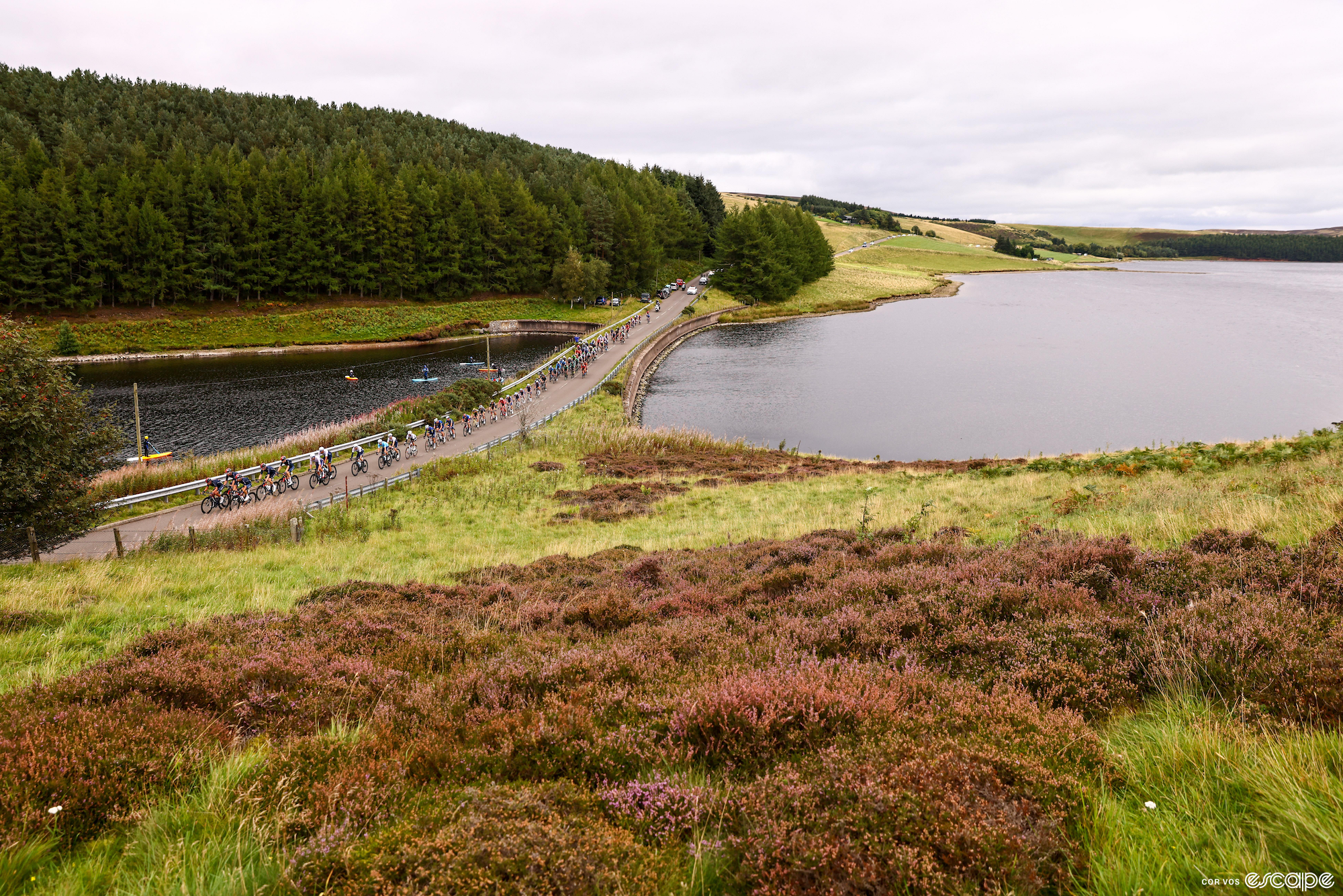
The beverage is made from fermenting grain mash – predominantly barley in Scotland, with other cereal grains involved in many cases – and then distilling it. Whisky is generally then aged in oak casks for a few years, giving it that distinctive oak flavor. The oak aging is one of the requirements in Scotland for producing whisky, which is known, of course, as Scotch whisky, or just Scotch.
Scotch brings billions of dollars to Scotland every year, with the United States – the largest importer by value – importing well over £1 billion worth of Scotch per year prior to a decrease in that amount during the COVID-19 pandemic.
Scotch can fall into one of five categories. First, there is “single malt,” which uses only malted barley as its base, and then there is “single grain,” which uses barley mixed with other grains. If whisky of either category is blended with whisky from a different distillery, it is instead categorized as “blended malt,” or “blended grain,” unless it is a blend of both single malt and single grain, in which case it’s just called “blended.”
“Blended Scotch whisky” comprises the vast majority of what is produced in Scotland.
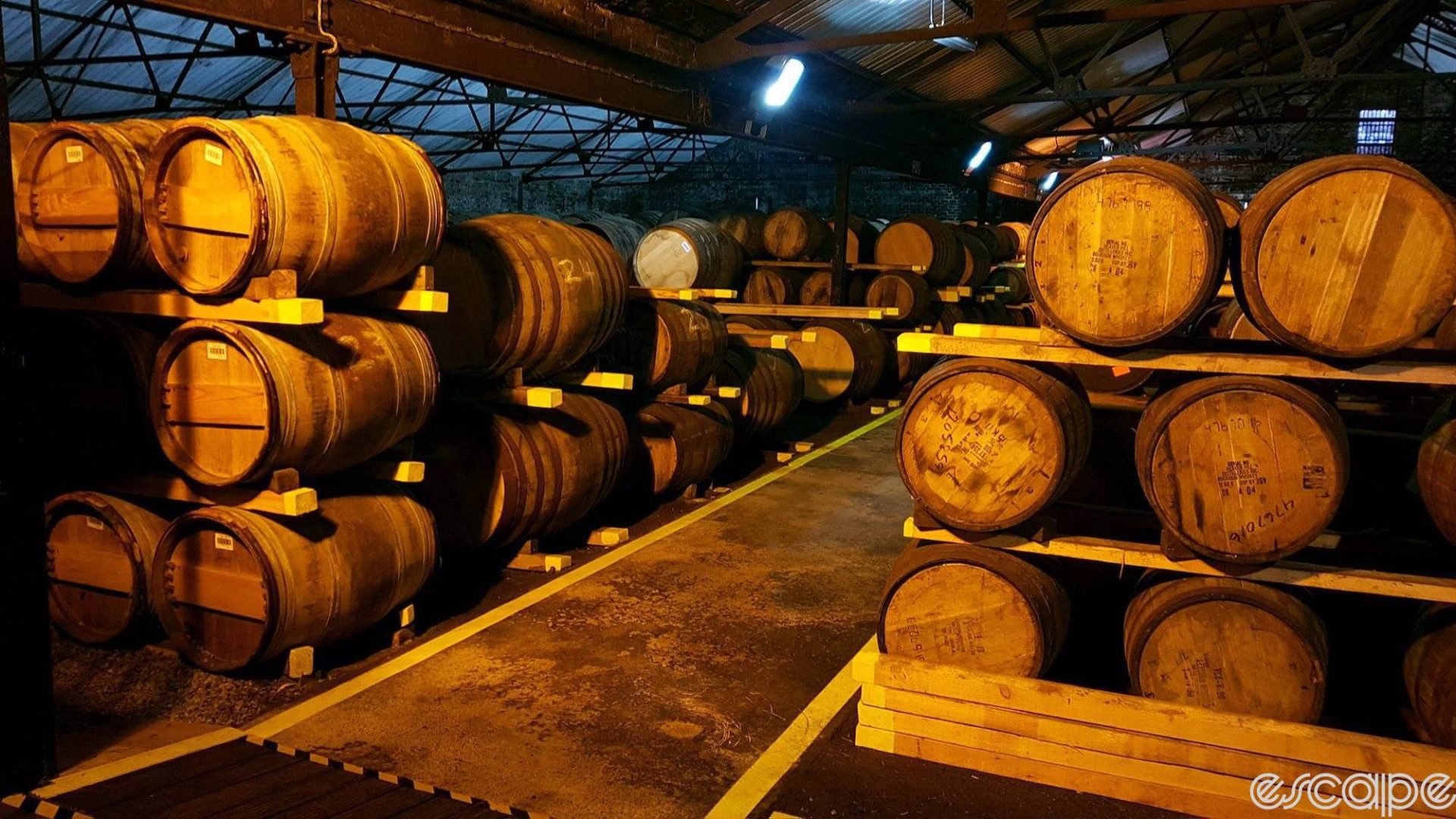
Most of the best-known whiskies are from the Highlands, the island of Islay, and the Speyside region in the northeast, but the Lowlands in the south do have their distilleries too. Auchentoshan Distillery is a popular one located about 15 km northwest of Glasgow.
Last but not least, if you’re looking for some good eats to enjoy with a dram of whisky for maximum cultural relevance as you watch the races, the most obviously Scotland-appropriate food is haggis, in which the organ meats of sheep are minced, combined with spices, onions, fat, and oatmeal, and cooked in stomach casing.
It all makes for a savory dish and a key component in a Burns Supper, a meal celebrating Scots poet par excellence Robert Burns. If you’re an American reader, you should know that going to Scotland for Worlds would give you a rare opportunity to eat haggis that’s actually from Scotland. Importing it the United States is illegal because of a ban on importing foods with sheep lung in them, so you’ll have to settle for American-made haggis unless you’re abroad.
If that doesn’t appeal to you, Scottish cuisine also includes porridge, all manner of meat pies, sausages, and fish dishes, so there is (kind of) something for everyone. Or at least everyone who likes hearty food.
Bon appetit!
What did you think of this story?
